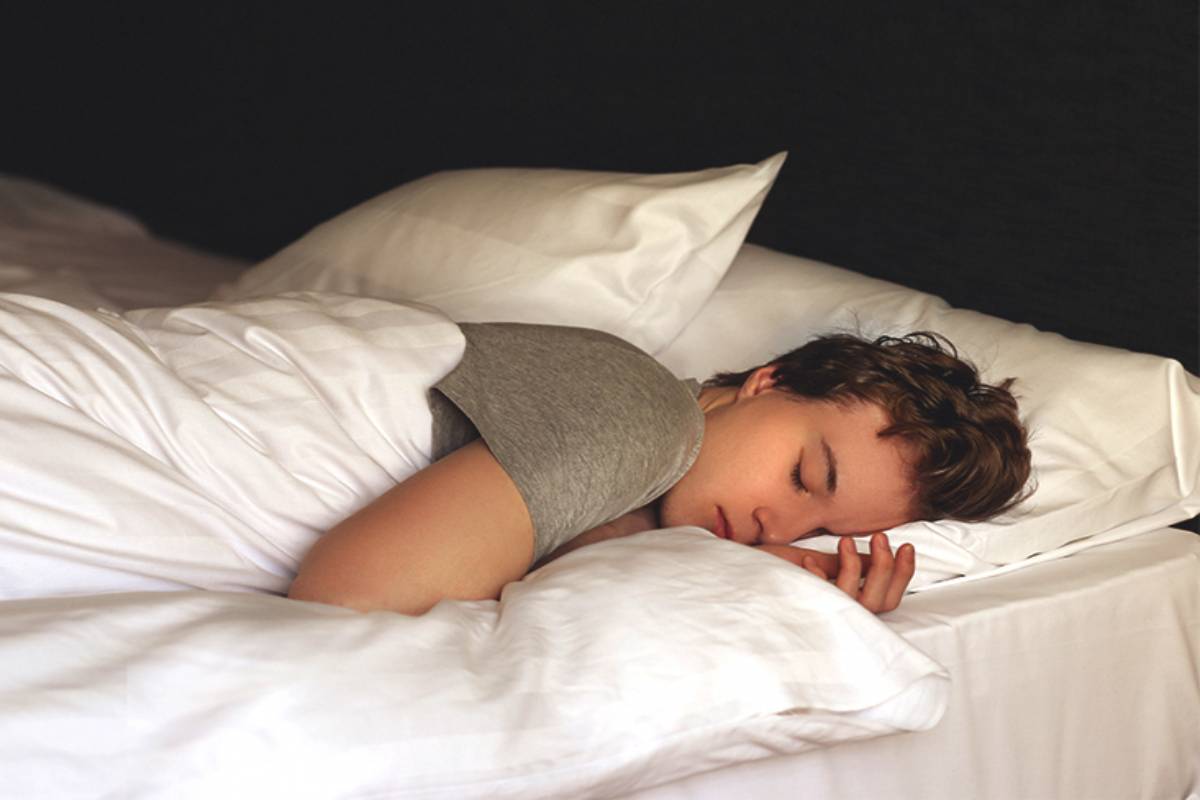Have you ever heard of Kleine-Levin Syndrome (KLS)? It’s a super rare brain condition sometimes called Sleeping Beauty Syndrome. It causes people to sleep a lot and act differently during certain periods. Let’s break it down in a way that’s easy to understand!
Table of Contents
What is Kleine-Levin Syndrome?
KLS is a rare disorder where people have episodes of sleeping way more than usual—sometimes up to 20 hours a day! These episodes can last days or even weeks, making it hard to go to school, hang out with friends, or do normal stuff. Between episodes, people feel totally fine and healthy. KLS usually starts in the teen years, but it can happen at any age. It affects more boys than girls (about 70% of cases are boys), but girls with KLS might have symptoms for longer.

What Happens During a KLS Episode?
During a KLS episode, people experience:
Hypersomnolence: Sleeping almost all day and night, waking up only to eat or use the bathroom.
Feeling “Spacey”: Acting childish, confused, or out of it.
Tiredness: Feeling super low-energy or sluggish.
Trouble Focusing: Finding it hard to think clearly or pay attention.
Light Sensitivity: Bright lights might bother them.
Big Appetite: Craving tons of food (called compulsive hyperphagia).
Mood Changes: Acting irritable, aggressive, or overly emotional.
These symptoms can mess up daily life, but they go away when the episode ends—until the next one starts.
How Do Doctors Diagnose KLS?
Figuring out if someone has KLS can take a while because it looks like other sleep problems at first. Doctors look for:
Recurring Episodes: Times of extreme sleepiness (lasting 2–31 days) with normal behavior in between.
Extra Symptoms: At least one of these during an episode:
Confusion or weird thoughts (like seeing things that aren’t there).
Strange behavior, like getting mad easily.
Eating a lot or acting hyper.
Ruling Out Other Issues: Making sure it’s not something else, like depression or another sleep disorder.
For example, a teen in Palm Beach Gardens was diagnosed with KLS after sleeping for weeks at a time, which shows how intense this condition can be.

What Causes KLS?
Nobody knows exactly what causes KLS, but here are some ideas:
Brain Injury: Some think damage to the hypothalamus (the brain part that controls sleep, hunger, and temperature) might play a role, like after a fall or head bump.
Infections: Some people get KLS after being sick, like with the flu, which might mean it’s linked to the immune system attacking the body by mistake (called an autoimmune disorder).
Genetics: KLS might run in families, since some relatives of people with KLS also have it.
More research is needed to be sure about these causes.
Can You Prevent or Treat KLS?
There’s no way to stop KLS episodes from happening, so doctors often suggest watchful waiting (keeping an eye on symptoms without heavy treatment). During episodes, they might try:
Stimulant Medications: Drugs like modafinil or methylphenidate to help with sleepiness, but these don’t fix confusion and can cause side effects like grumpiness.
Mood Disorder Drugs: Medicines like lithium or carbamazepine, used for mood issues, might help delay episodes.
Other Drugs: Some people try phenytoin, a medicine for seizures, which has helped a few patients.
These treatments are still being tested, and they don’t work for everyone.
What’s the Outlook for KLS?
The good news? KLS usually gets better over time. Episodes become less frequent and less intense as you get older. Some people even stop having episodes completely after a few years—doctors call this being “cured” if you go six years or more without an episode.
Conclusion
KLS is rare, but it can make life really tough during episodes. Knowing about it can help you understand what someone with KLS is going through. If you or someone you know has symptoms like sleeping a ton or acting strange for days, talk to an adult (like a parent or teacher) and see a doctor. Understanding KLS is the first step to helping those who have it live better!

